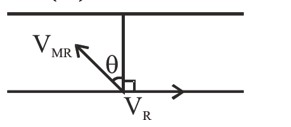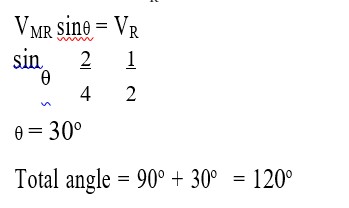11.15 Given below are observations on molar specific heats at room temperature of some common gases.
Gas Molar specific heat (Cv )
(cal mo1–1 K–1)
Hydrogen 4.87
Nitrogen 4.97
Oxygen 5.02
Nitric oxide 4.99
Carbon monoxide 5.01
Chlorine 6.17
The measured molar specific heats of these gases are markedly different from those for monatomic gases. Typically, molar specific heat of a monatomic gas is 2.92 cal/mol K. Explain this difference. What can you infer from the somewhat larger (than the rest) value for chlorine ?
11.15 Given below are observations on molar specific heats at room temperature of some common gases.
Gas Molar specific heat (Cv )
(cal mo1–1 K–1)
Hydrogen 4.87
Nitrogen 4.97
Oxygen 5.02
Nitric oxide 4.99
Carbon monoxide 5.01
Chlorine 6.17
The measured molar specific heats of these gases are markedly different from those for monatomic gases. Typically, molar specific heat of a monatomic gas is 2.92 cal/mol K. Explain this difference. What can you infer from the somewhat larger (than the rest) value for chlorine ?
-
1 Answer
-
11.15 The gases listed above are diatomic. Besides the translational degree of freedom, they have other degrees of freedom. Heat must be supplied to increase the temperature of these gases. This increases the average energy of all the modes of motion. Hence the molar specific heat of diatomic gases is more than that of monatomic gases.
If only rotational mode of motion considered, then the molar specific heat of a diatomic gas
= R = = 4.95 cal mo1–1 K–1
With the exception of Chlorine, all the observations given above agrees with ( R). This is because at room temperature, chlorine also has vibrational modes
...more
Similar Questions for you
According to question, we can write
Heat Released by block = Heat gain by large Ice block
5 × 0.39 × 500 = mice × 335
= 2.91 kg
Given
6a2 = 24
a2 = 4
a = 2m
This is a multiple choice answer as classified in NCERT Exemplar
(b), (c), (d) When the hot milk in the table is transferred to the surroundings by conduction, convection and radiation.
According to newton's law of cooling temperature of the milk falls of exponentially. Heat also will be transferred from surroundings to the milk but will be lesser than that of transferred from milk to surroundings. So option b, c, d satisfy.
Taking an Exam? Selecting a College?
Get authentic answers from experts, students and alumni that you won't find anywhere else
Sign Up on ShikshaOn Shiksha, get access to
- 65k Colleges
- 1.2k Exams
- 679k Reviews
- 1800k Answers


